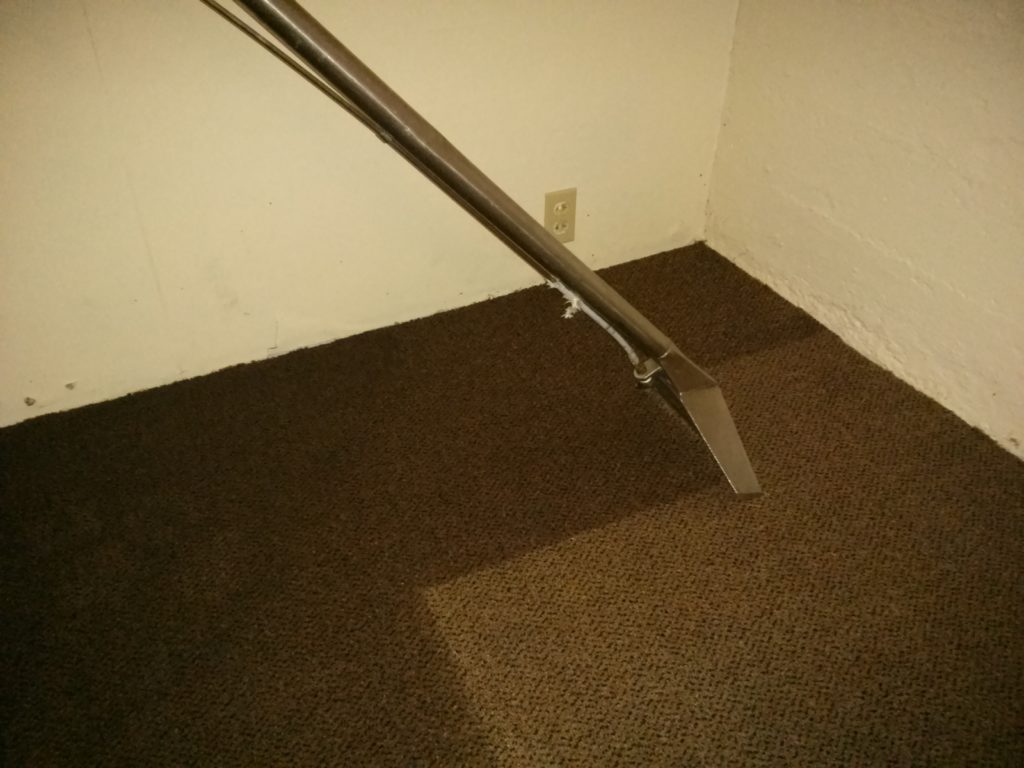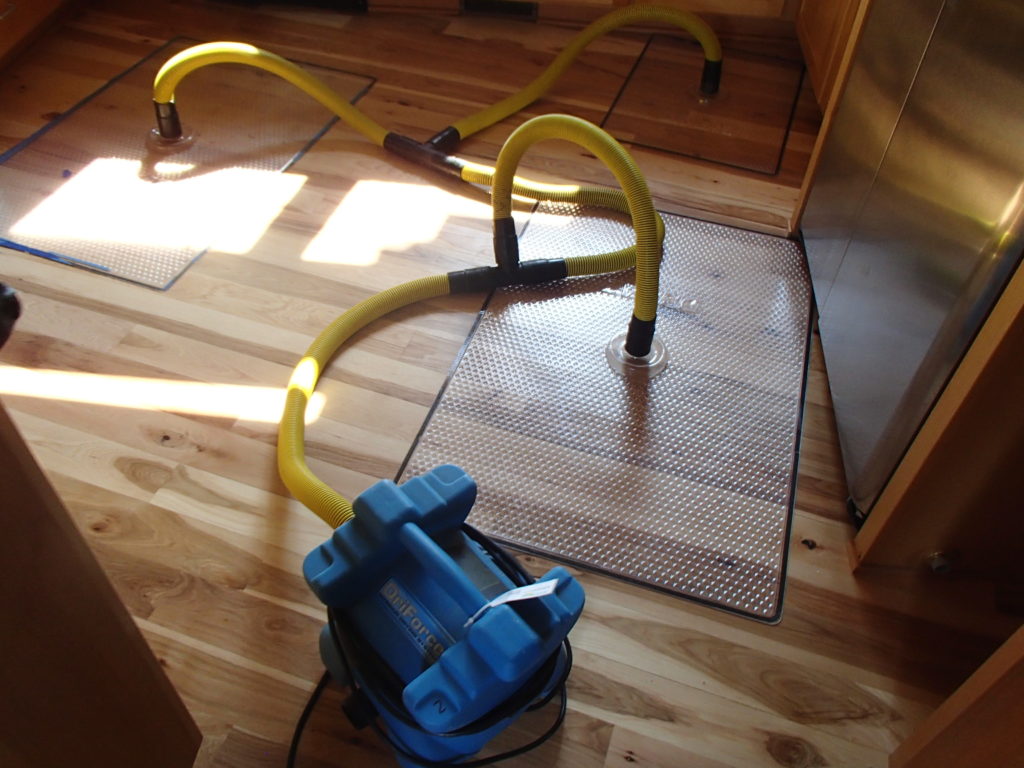How to Reduce Water Damage after a Water Leak
With any disaster and response – time is the critical difference in reducing damage. That’s especially true of water damage in your Central Oregon home. If you’re facing a water emergency, like that of a sudden burst or water leak, an immediate response is the key to preventing unnecessary damage.
Reducing Secondary Damage
Primary damage is the result of immediate water damage from a water source. Secondary damage is the result of further damage from the primary source. For instance, improperly dried jobs may foster mildew and mold growth. Or, untreated moisture in a hot room might condensate and cause secondary damage to an oil painting or wall paper. It happens all the time. Secondary damage may cause carpet delamination, mold contamination, hardwood floor crowning or damaged furnishings.

What Does Mitigation and Water-Damage Repairs Look Like?
ServiceMaster Recovery Specialists will respond quickly to your water loss to perform water mitigation and water-damage repairs, but most people don’t know how mitigation works or what it is. Here are some basics on the process to arm you with the information you need.
Water-Damage Pack Outs
Mitigation can be performed on carpet, wood floors, furnishings, walls, ceiling and other structural materials – depending on the extent of the damage. You can usually access the flooring and work more easily if you remove the property owner’s belongings out of the affected areas.
Removing the “contents,” or belongings/furnishings, from affected rooms is often called a “pack out.” Pack outs allow better access to affected flooring materials. They reduce a customer’s belongings exposure to moisture and secondary damage. It also minimizes the risk that any contractor repair your home may damage something while they are in there, which does happen.
Water-Damage Extraction
Carpet mitigation entails removing all surface water from the carpet and pad from the water leak, which is called “water extraction.” While extracting water from your home, water-damage repair companies will also check your crawl spaces for standing water. The decision on whether the carpet must be removed or can be salvaged will be determined by the source of the water and the insurance agency. Some water leaks may contain grey water or black water.

Drying Your Home
One of our Water-Damage Recovery Specialists will evaluate the water leak and damage and select a drying technique that is most appropriate for your job. A water drying technician may dry wood floors by tenting the floor, which takes 7-14 days, or with a negative air pressure system that requires as little as 3-5 days to dry wood floors.

All drying requires air movement and dehumidification. The basic concept of dehumidification can be understood by thinking of the air as a sponge and the dehumidifier as a wringer. Just like a dry sponge can absorb more water than a wet one, dry air can absorb more moisture than humid air. Here in Central Oregon, we use a combination of high velocity air movers and dehumidifiers to remove moisture from the air and replace it with less humid air.

Learn More about Water-Damage Drying and Mitigation
If you have any questions about water damage mitigation, contact our Water Restoration Team to learn more, and check out our Central Oregon Water Damage Page to learn more about our services or call 541-240-8317 for a free estimate.

